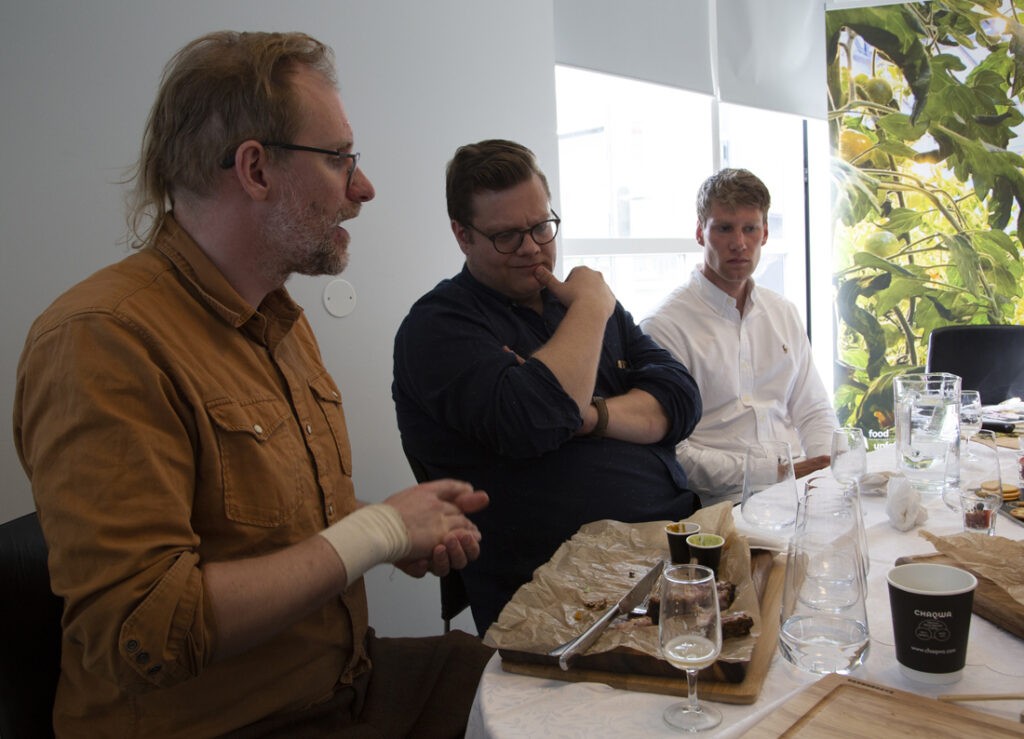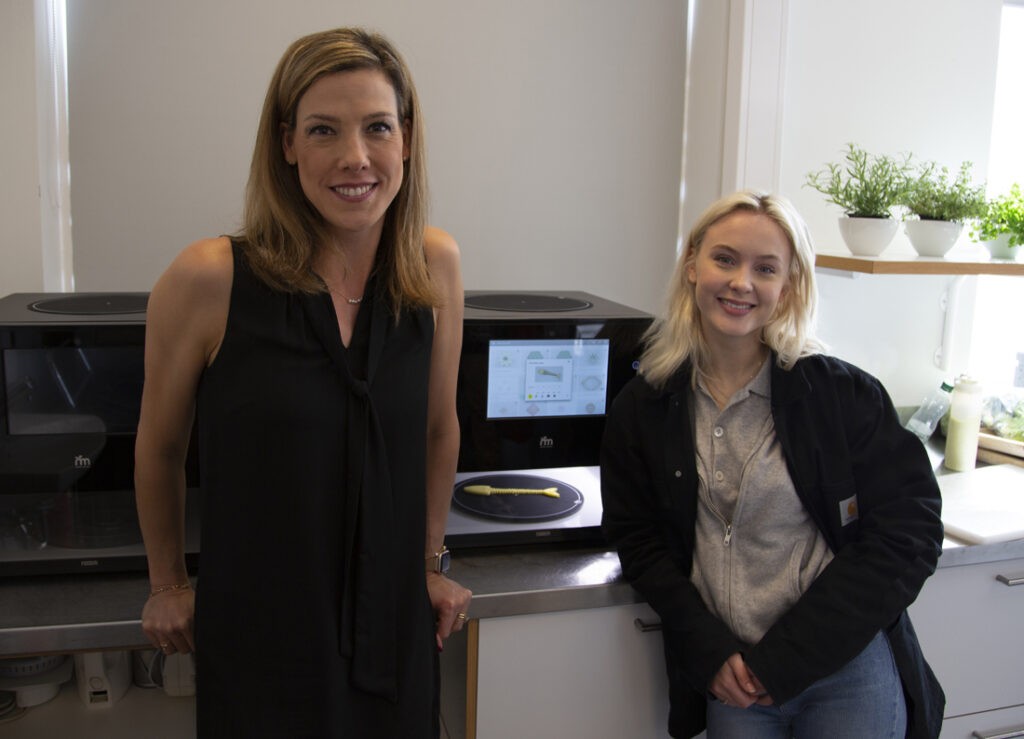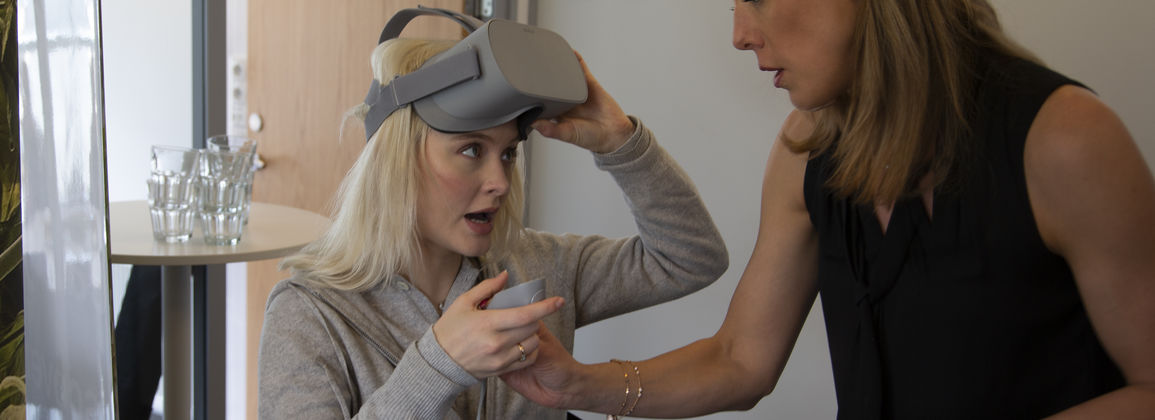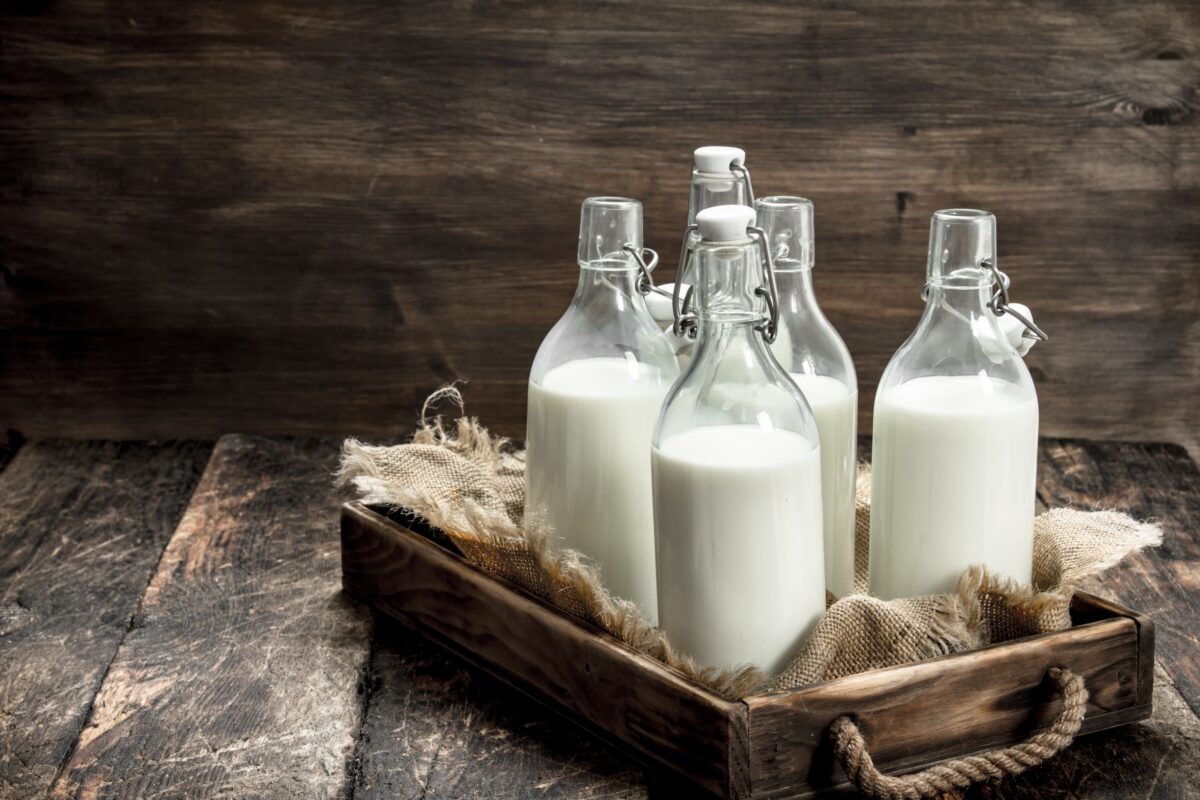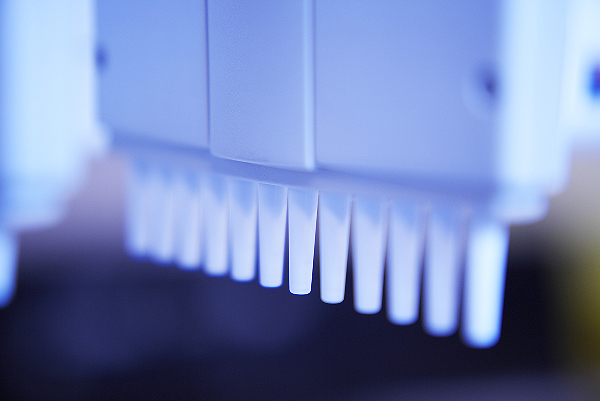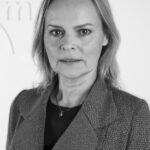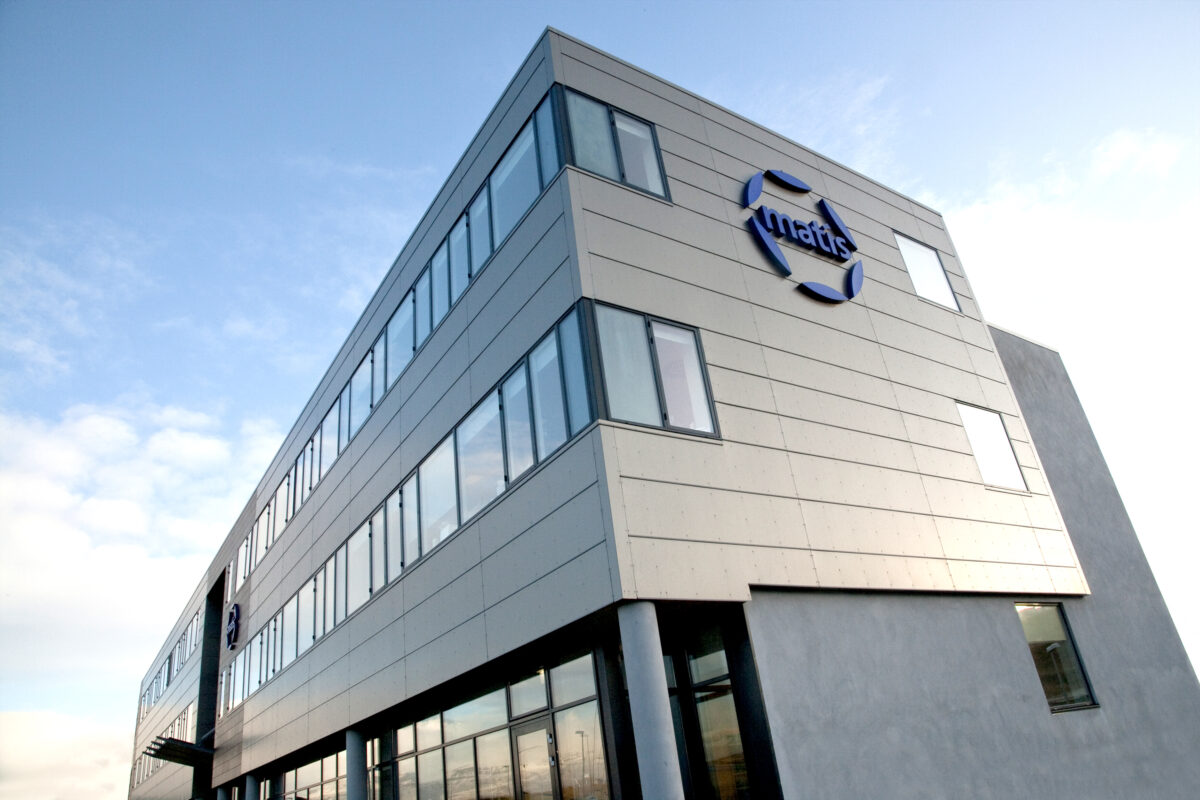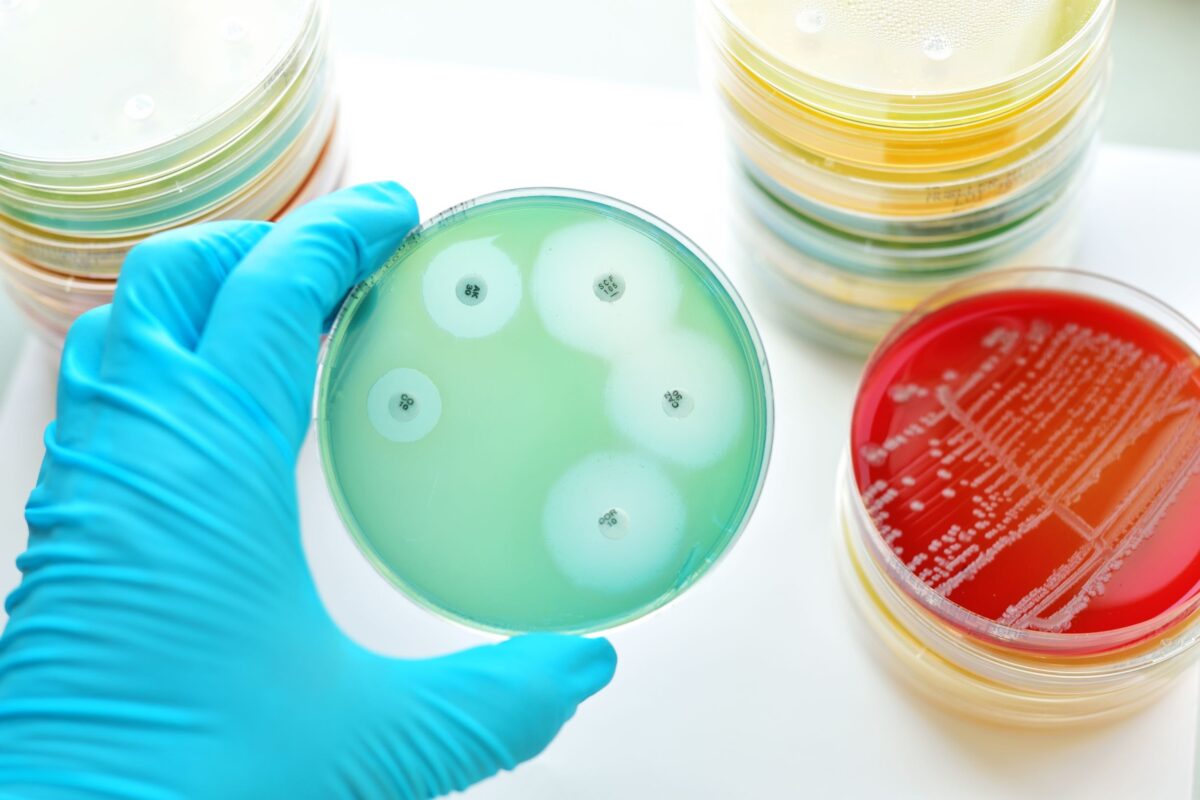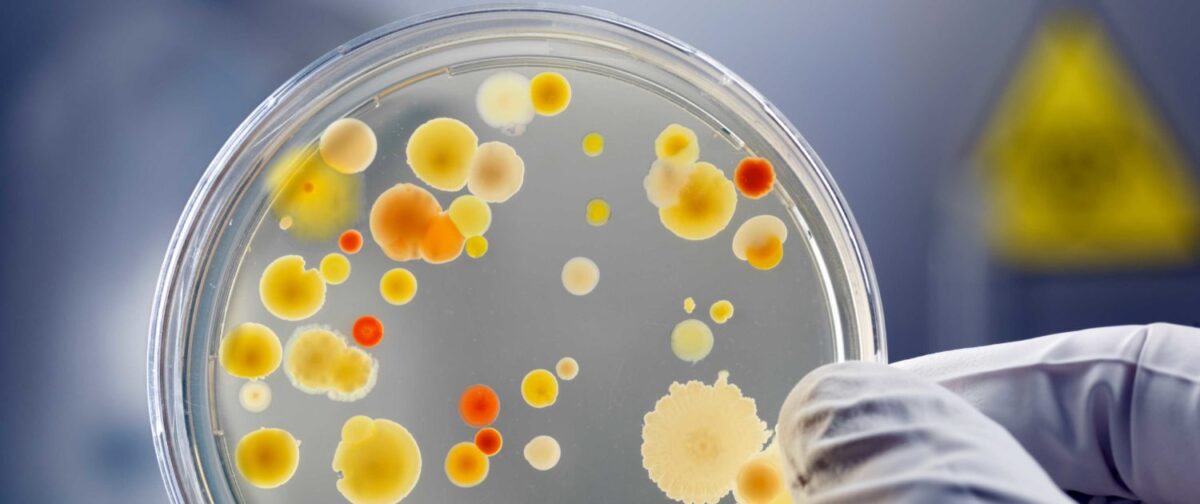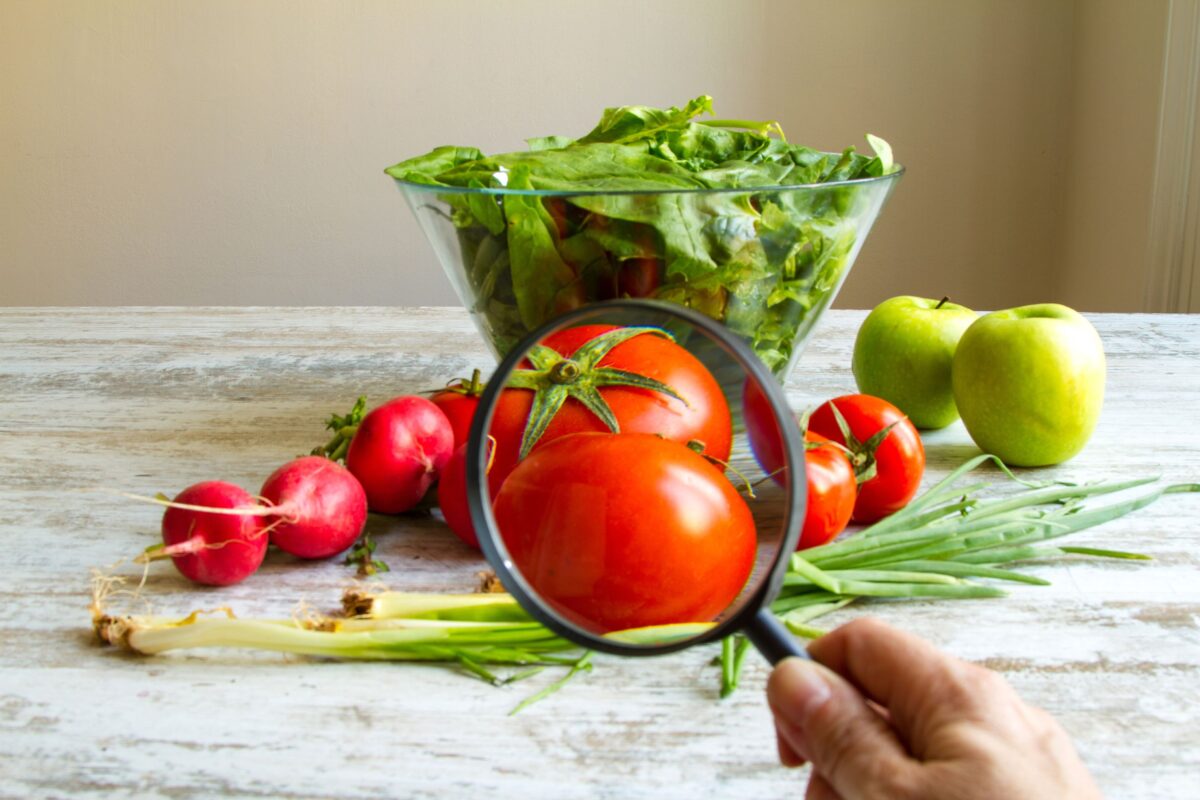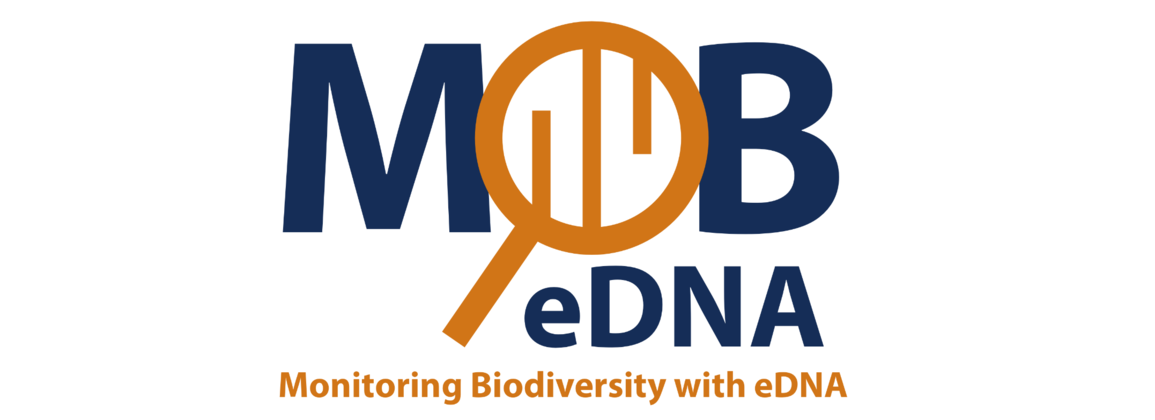On Monday, Matís received a remarkable number of visitors to get acquainted with Icelandic entrepreneurship in the field of food, as well as several projects that Matís is working on in connection with food innovation.
After a great concert, Ed Sheeran's private chef Josh Harte and also singer Zara Larsson came with a beautiful entourage to learn about the powerful innovation work that Matís has been working on in recent years and to meet a group of food entrepreneurs. They got to know 3D food printing, which is part of the FutureKitchen project funded by EIT Food, but also a project funded by AVS, Tækniþróunarsjóður and FutureFish, with the aim of better connecting consumers to the origin of food. Matís' experts printed various delicacies from Icelandic ingredients in various forms. Then they were sent into the world of virtual reality and got to experience fishing and fish processing, as well as three-dimensional printing of fish by-products.
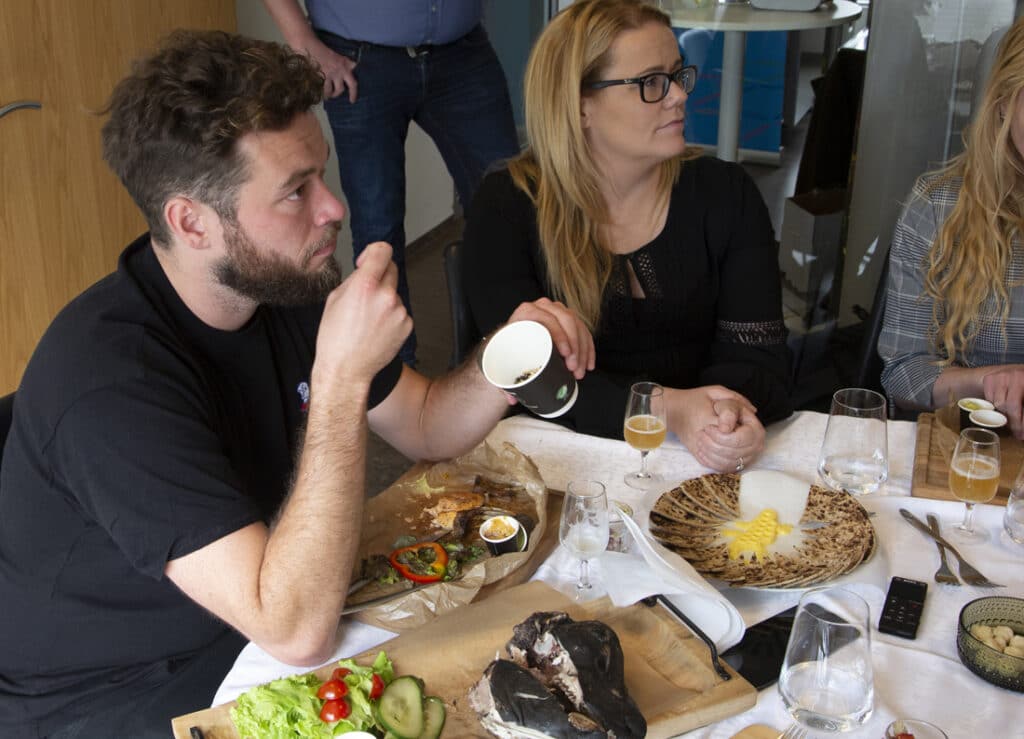
Josh Harte with Herborga Hjelm.
Josh and the food pioneers then had a long afternoon together where Icelandic food culture was introduced, along with the unique ingredients that the country has to offer. There was a lot of talk about sustainability and how far Icelanders have come in that field, as well as food waste, but Josh is very concerned about those issues. Delicious lamb was served to Josh directly from a farmer from Fjárhúsið who has a facility in Grandi Mathöll. Sviðakjammi from the place of the same name brought a lot of luck and surprise to both Zara and Josh, who got a bite and was very impressed. Diced Icelandic char was also offered from Matís' canteen, which was well received by Josh. The entrepreneurial company Nordic Wasabi, which breeds and sells real wasabi, introduced its products that paired well with the lamb and other products on offer. Íslensk Hollusta also presented Josh with a selection of its natural products from the seaweed and plant kingdom of Iceland. All the food went down so well with drinks from the entrepreneurial companies Álfur and Himbrima. Álfur brews beer from potato peels that otherwise find little or no use, and thus sets his goal to combat food waste. Himbrimi produces gin and other strong drinks that have the uniqueness of being produced with natural ingredients from the wild nature of Iceland. Matís' experts also presented the group with development projects related to Icelandic ingredients and our strong work throughout the country in supporting Icelandic food production and culture, as well as innovation.
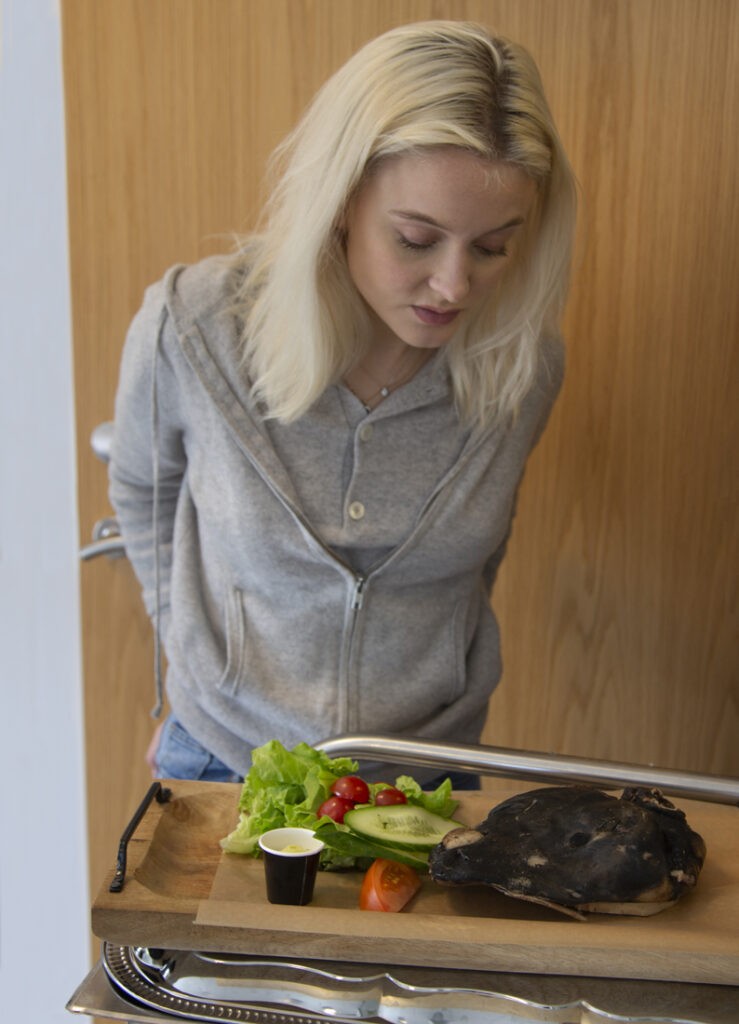
The visit went well and the Icelandic food brought great luck. Josh says he has fallen for a country and a nation and can not wait to come here again. He runs a food blog on the road EIT Food of which Matís is a founding member. Here can find information about Josh and here is his first blog on his travels with Ed Sheeran. He will blog about his visit to Iceland and Matís in the next few days.
